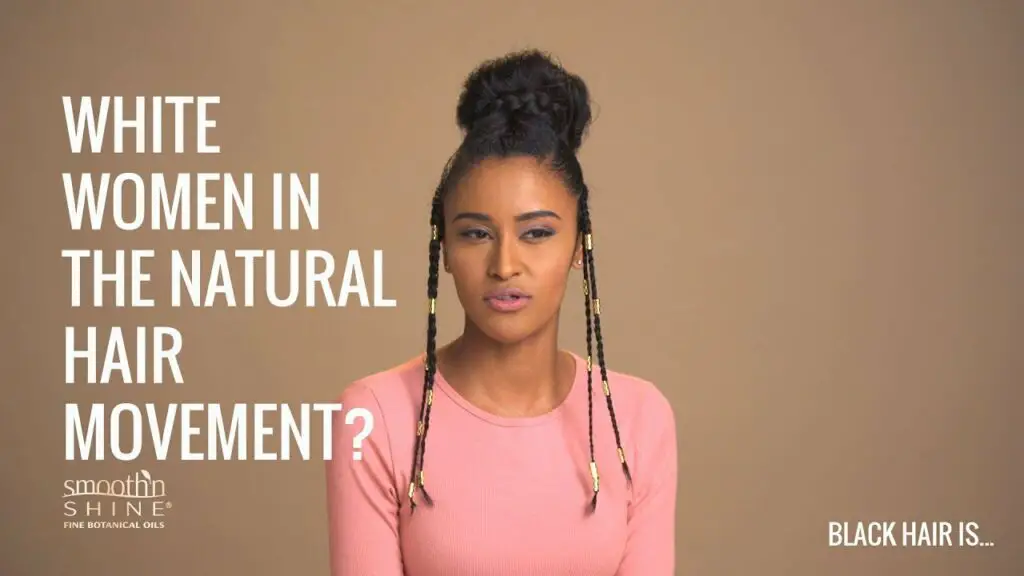
Can White People Have Type 4 Hair?
Can white people with type 4 hair texture live anywhere and be of any race? White people are among the least likely to have this hair texture, but it is possible for somebody of any race to have type 4 hair.
Type 4 hair typically looks thicker and healthier than type 3 hair.
White people are used to refer to those of European descent, typically those from North America and Europe.
Some people say that people from “some” countries aren’t considered “white.”In essence, what ‘white’ means can be quite complicated.
Keeping that in mind can help you understand that white people could definitely have type 4 hair, even if it doesn’t seem to be common.
If someone mentions type 4 hair, the capacity to picture people of African descent is high. While true that many people with type 4 hair are of African descent, it may not be limited to that ethnic group.
This hair type can be found on people of multiple ethnicities, including those from Italy, Greece, France and many other countries. It is also found on some Jewish people and mixed race individuals.
You might be surprised to learn that this type of hair is even more commonly found in Asian countries than it is here.
Different people might enjoy different things but there are many traits that seem to unite all people across cultures. One such trait is hair.
What is type 4 hair and what is kinky hair?
It’s difficult to define what kinky hair is, but often considered to be a type of natural hair that doesn’t always look or behave like “normal” hair.
There are four different hair types, which include straight hair, wavy/curly hair, coarse/kinky hair and fine/thinning hair. “Type three” is referring to the texture that curlies tend to have.
While some people might say you have kinky hair if the curls on your head are tightly curled, the term can be used when curly or type of waves are talked about.
type 4 hair has tighter circular coils. The coils make it seem very coarse, but the straight cuticle of Type 4 hair allows the individual strands to hold less moisture and therefore gives it a more mild feel.
Kinky hair or type 4 hair is often fragile. It’s quite fine, even though it appears to be coarse. Folks with this type of hair have to be very careful with it. Maintaining it can be a real feat, which makes it that much more precious.
When people say a person has “kinky” hair, it’s not always the same type of hair. Sometimes they are saying their hair is curly, and it’s tough to deal with.
The movement is turning the common insults against natural hair from negative words to positive ones that show the ‘natural’ beauty of certain styles.
Before, these words were used in jokes and taken out of context, but now are seen as a non-issue as they’re sometimes used proudly.
Kinky hair could refer to any of the four types of hair types, just so you know. There are three different kinds of four types of type 4 textures, which are A, B and C. If your curls are tightest it’s typically a type C texture.
Kinky hair is not a result of genetics. It’s a result of not knowing what you’re doing when it comes to the way your hair is supposed to be conditioned and the amount of heat used.
Is type 4 hair a common Caucasian hair type?
It’s true that Caucasian people usually have type one hair, but it’s becoming more common among people of African descent.
You might have seen that some people will have type 4 hair, which is something you’ve already learned here. Some Caucasian people also have type 4 hair.
Caucasian people’s hair colors tend to range from blond, brown, or red.
Caucasians tend to have hair that is arranged in a diagonal pattern from the scalp. Most people have their hair oriented perpendicular to the scalp, so it’s interesting that most Caucasian hairs are often found diagonally.
Caucasians typically have hair strands that are oval shapes & are the most full of them than those of other ethnicities.
There are many different types of hair colors and almost all those who have type 4 hair do not look Caucasian.
Hair types can vary among ethnicities more than you may realize. They are part of what makes this world and the people in it so special.
Your hairdo can be curly or straight. The world is a place of possibilities: there are people of many backgrounds who each have their own unique DNA.
There is no single hair type that is common among all or most ethnicities. This can be exciting, since you are not stuck with one hair type.
How does a white person grow an afro?
Afros are attractive styles with many variations and texture options. They might take some time to grow, but there’s nothing that can be done to avoid hair having kinks in the course of its natural growth pattern.
It’s either in your genes or not.
Yes, you may be wrong if you believe that science will one day allow for the ability to change your genetics. For now, just make sure to eat right and exercise regularly.
If you like this style, all hope is not lost
You may not be able to grow a natural afro, but that doesn’t mean you can’t have this hairstyle.
Part of what makes people happy is figuring out how to express themselves. Some people use color their hair to express who they are and their mood both internally & externally.
There are plenty of different extensions you can use to give your hair a more flattering appearance. Extensions like braids, weaves, and cornrows can help make it appear fuller.
People with curl or wavy hair sometimes straighten their hair, and those with the Afro may wear weaves to get straighter hair.
You can also do this. There are a variety of African-American hair styles and types that white people could wear.
It’s important to work with a hairstylist to find the best option for you. This means you can experiment with options, so long as it stays within your comfort zone.
Weaves have to be professionally applied, which is known to take time and money. However, it may be worth it when you want your afro to look natural and last.
An afro is a hairstyle made with natural hair. This can take time and can be expensive, but it’s an option for you.
Perms are great short-term hair treatments but are not always permanent. Treating them is inevitable and depending on how often you need to do it, that could be when they last longer or not at all.
Gather all the information you need before sitting down with your hairstylist to get a perm. They’ll be able to provide some insight into what would work for your personal needs and how long it’ll take for the process.
CONCLUSION
People with white-type hair are sometimes known to come in various shades as well as textures. You won’t always know what it is unless you try it on and the vast majority of people’s hair pulls its shade from light- to dark-headed people but may not be mentioned due to assumption or agreement.
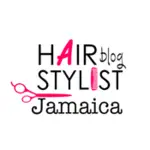


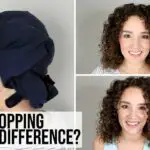
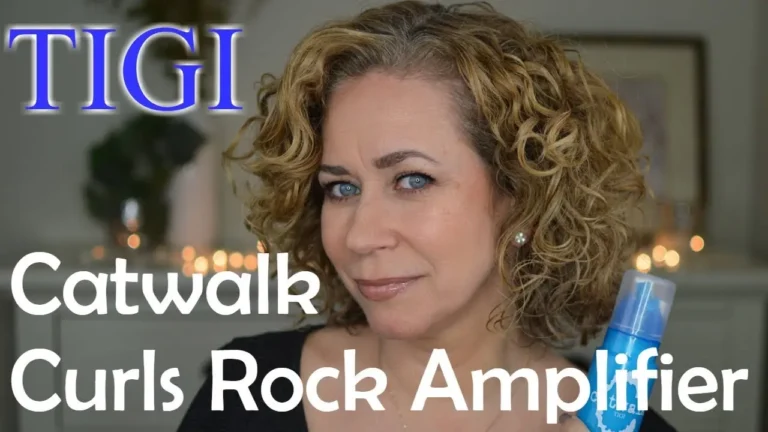
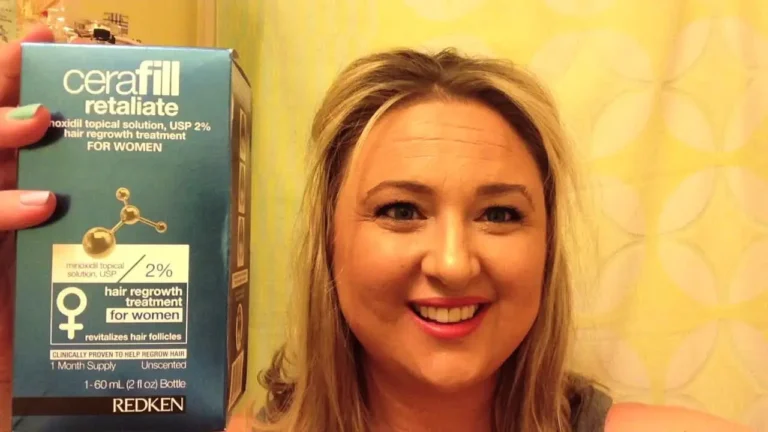
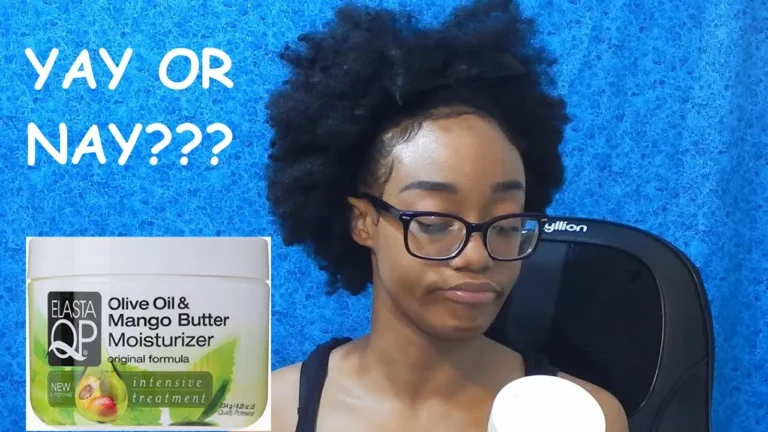

Comments are closed.